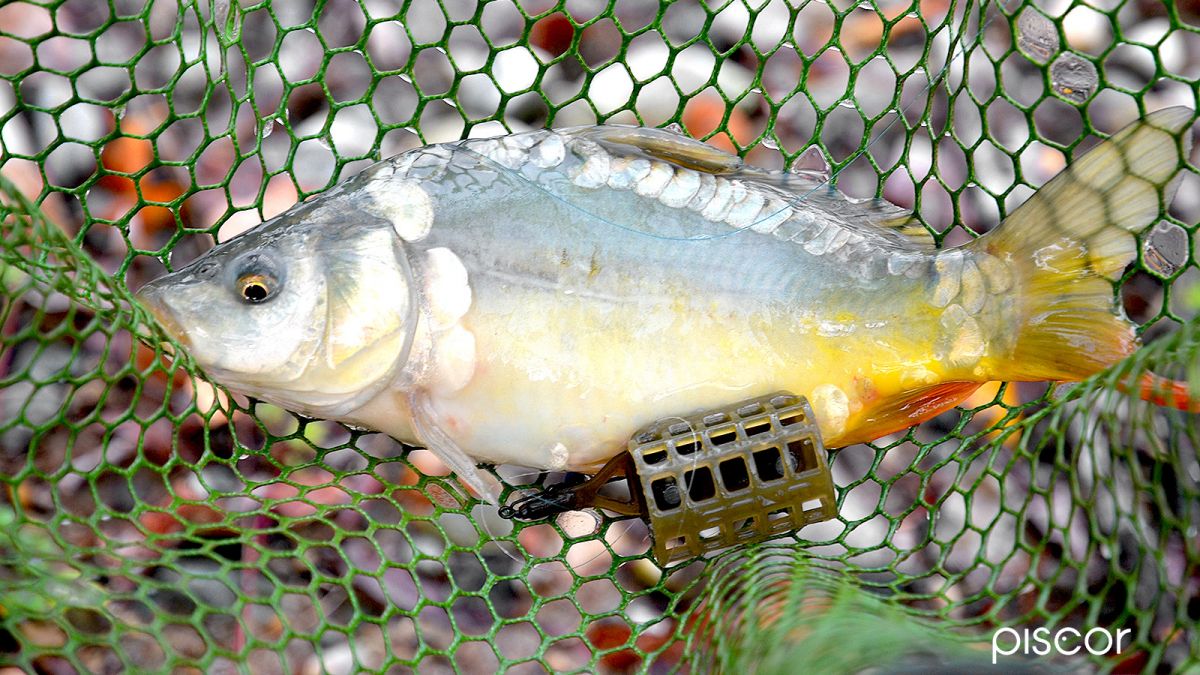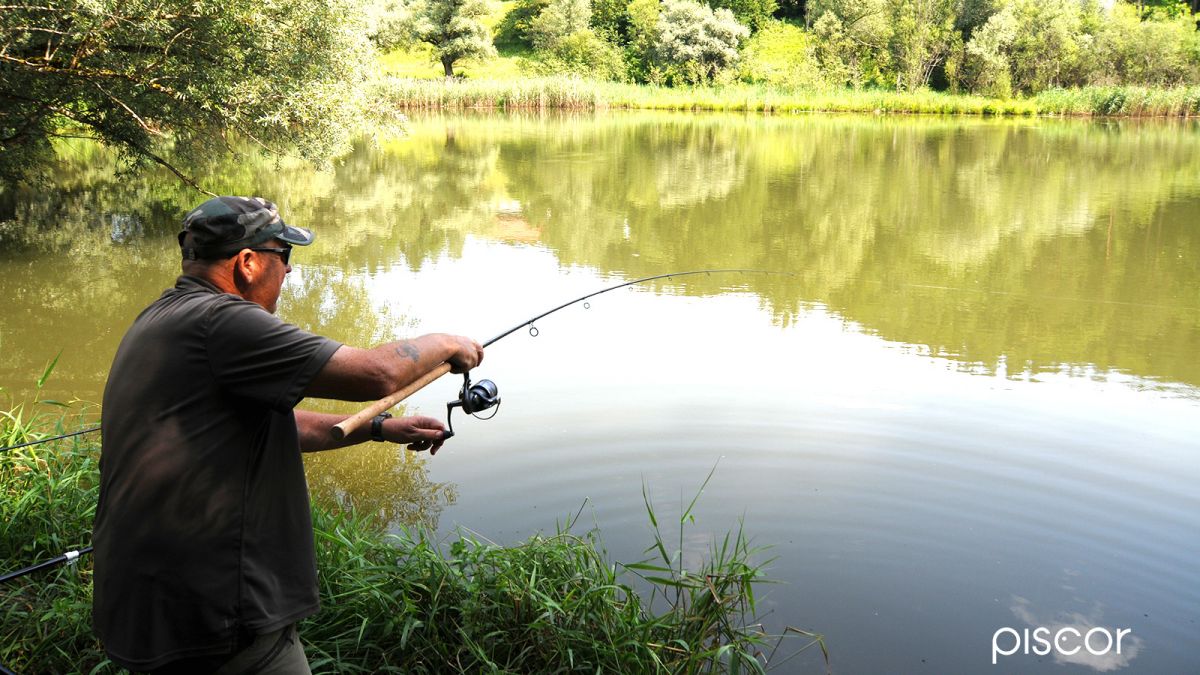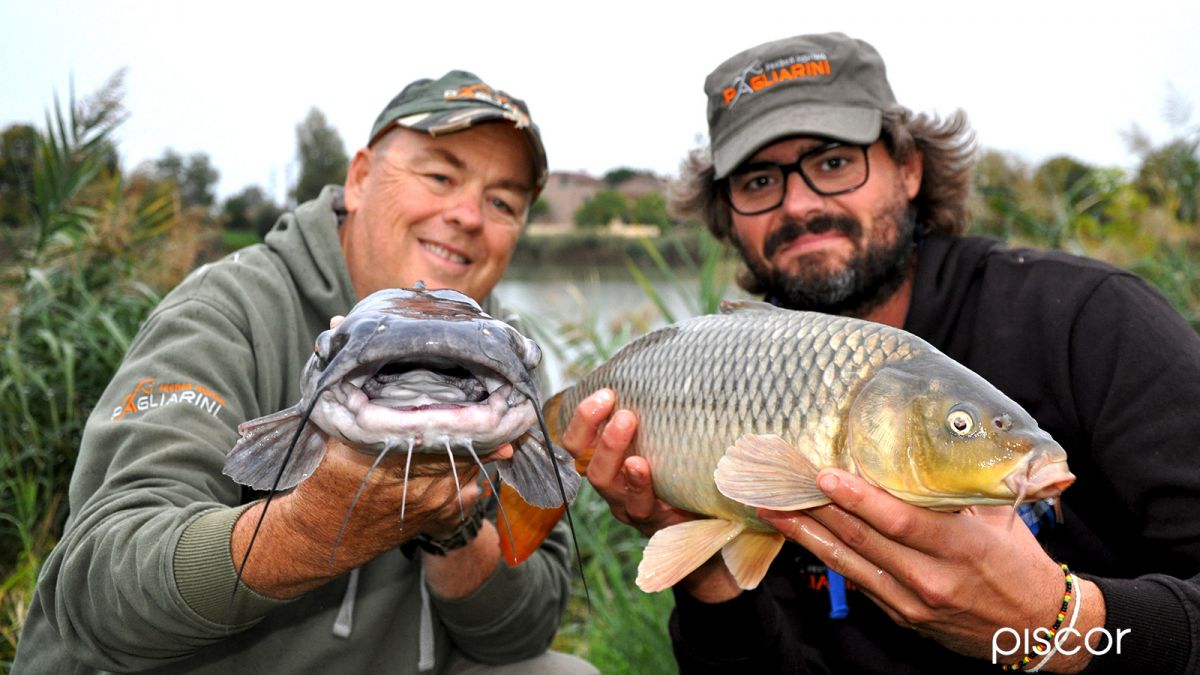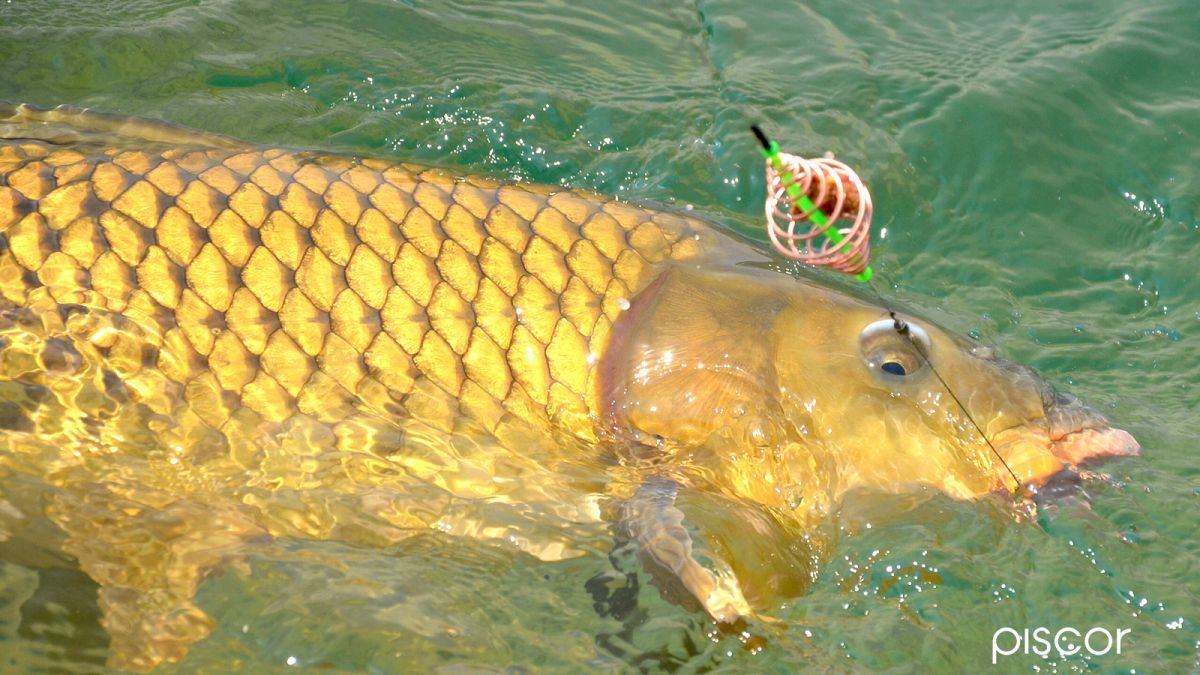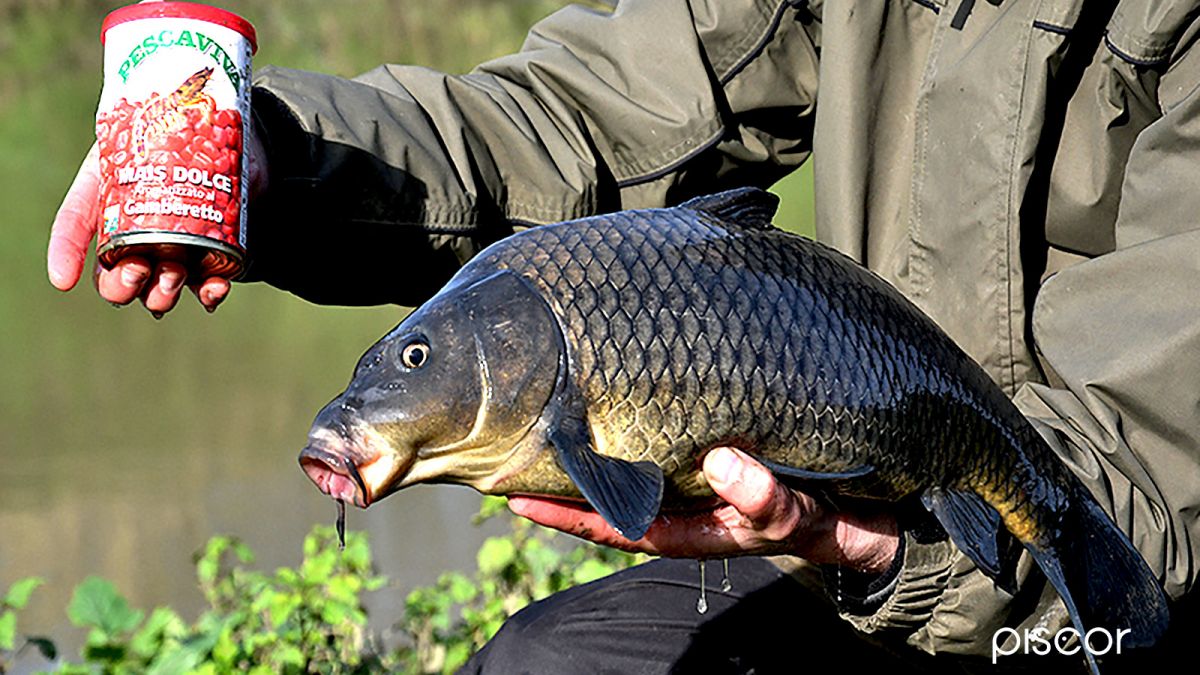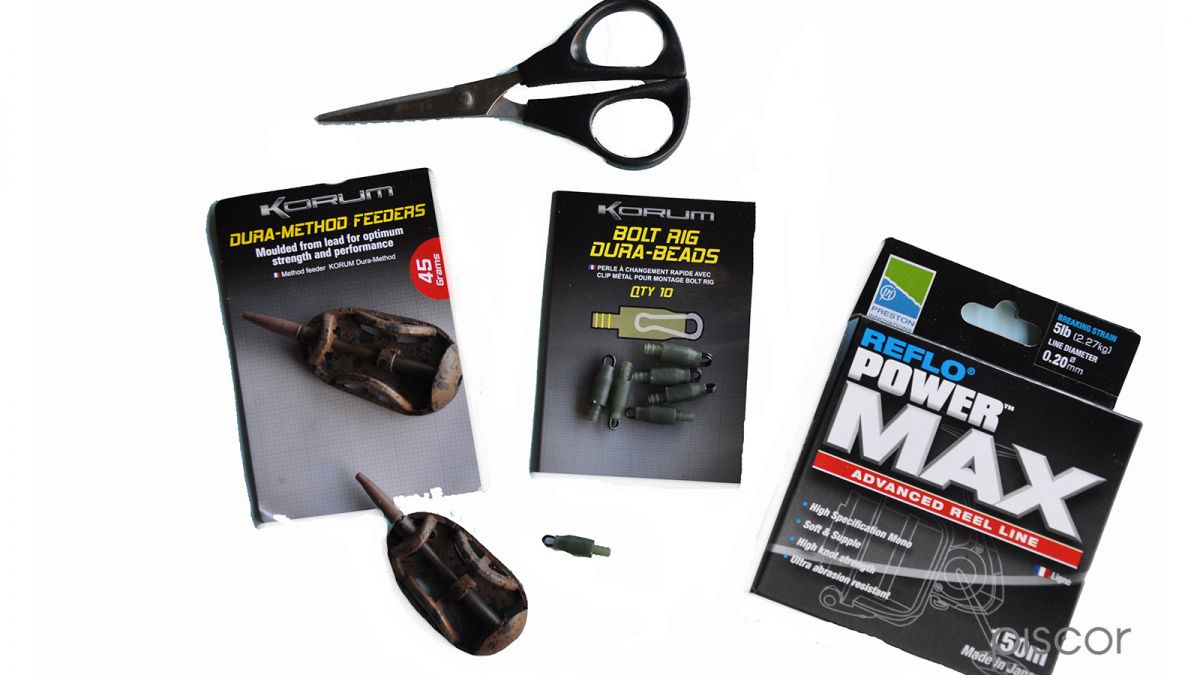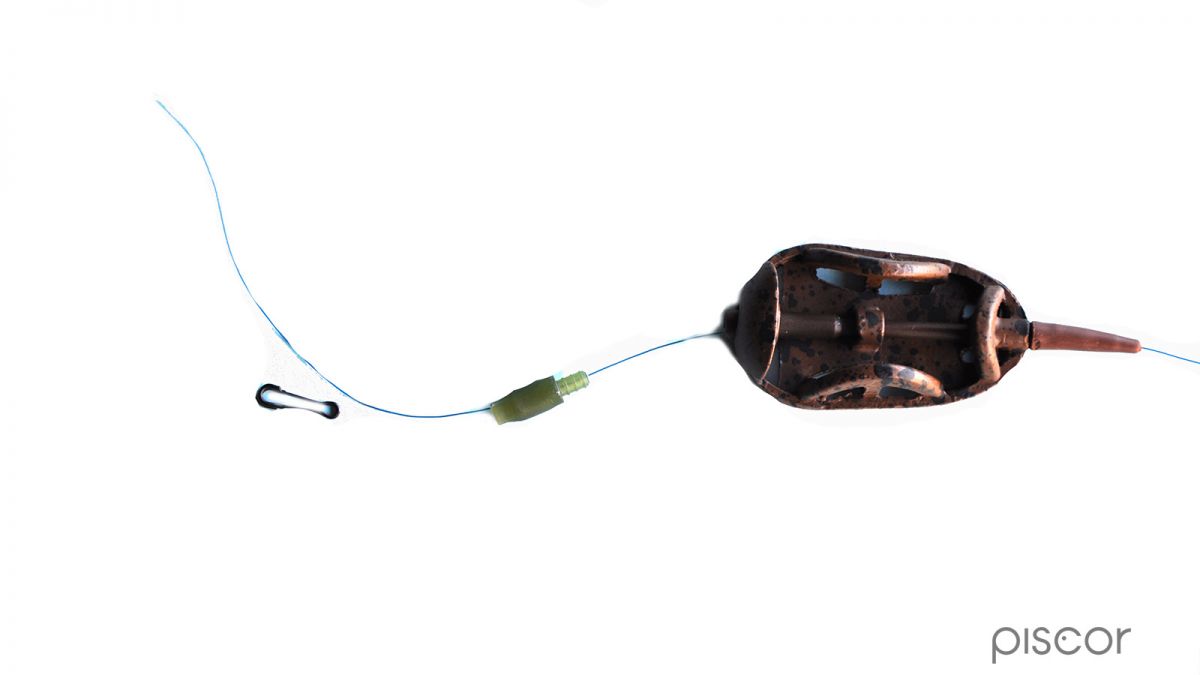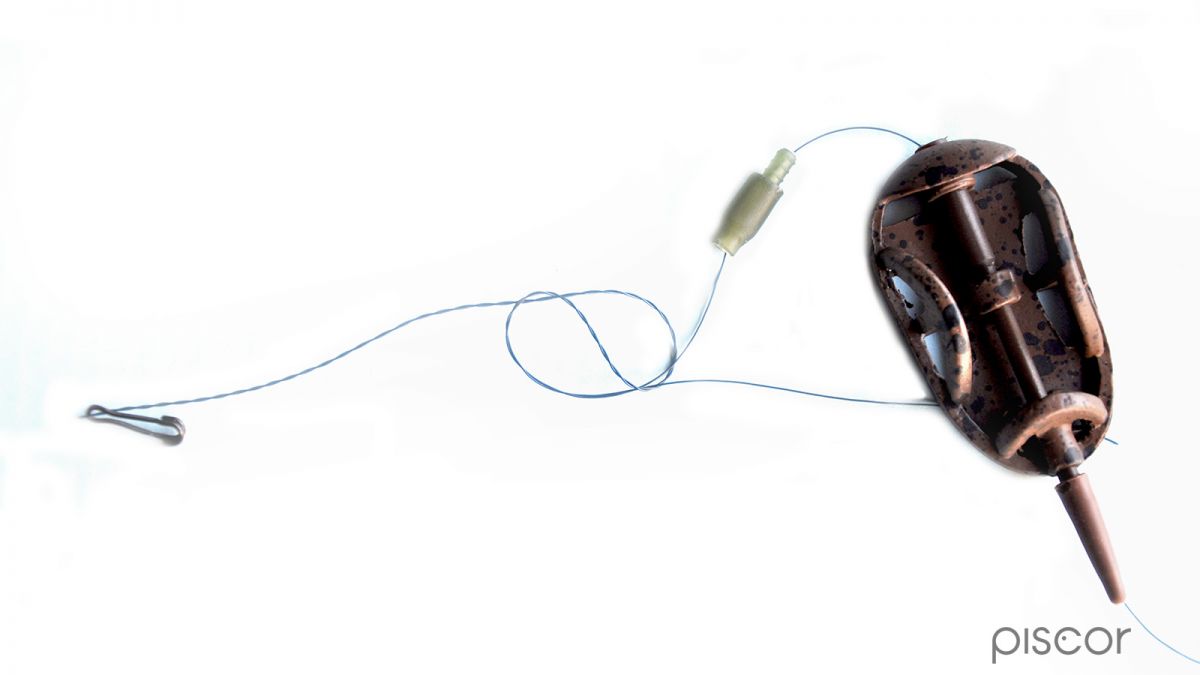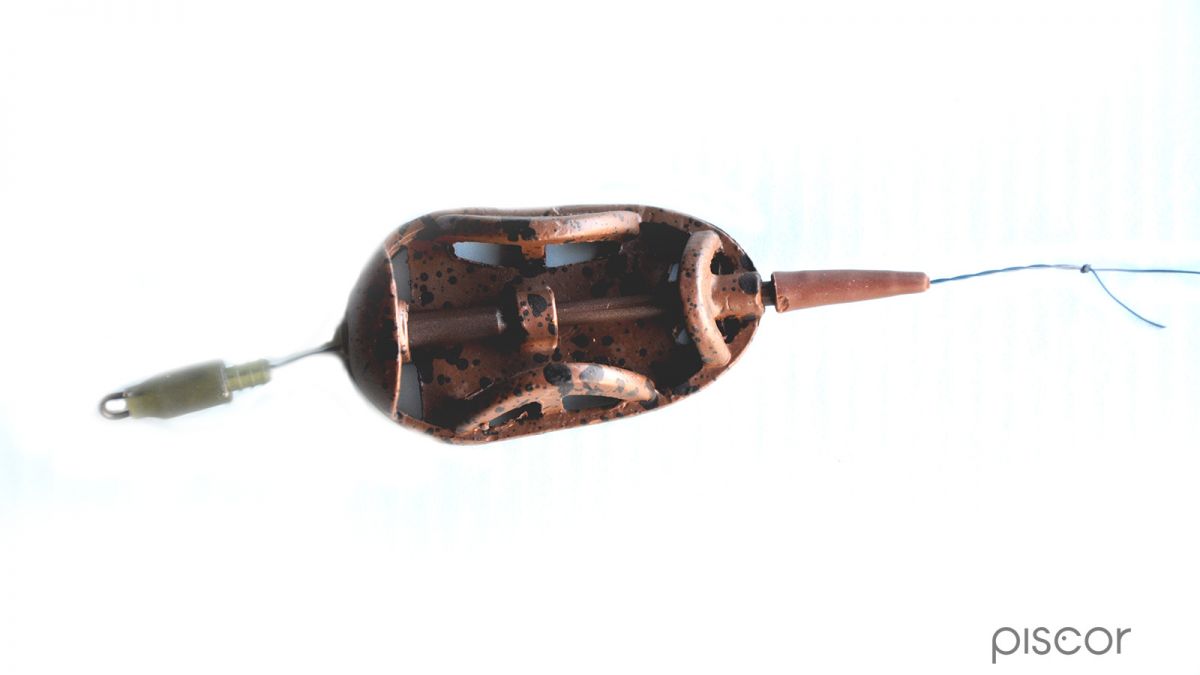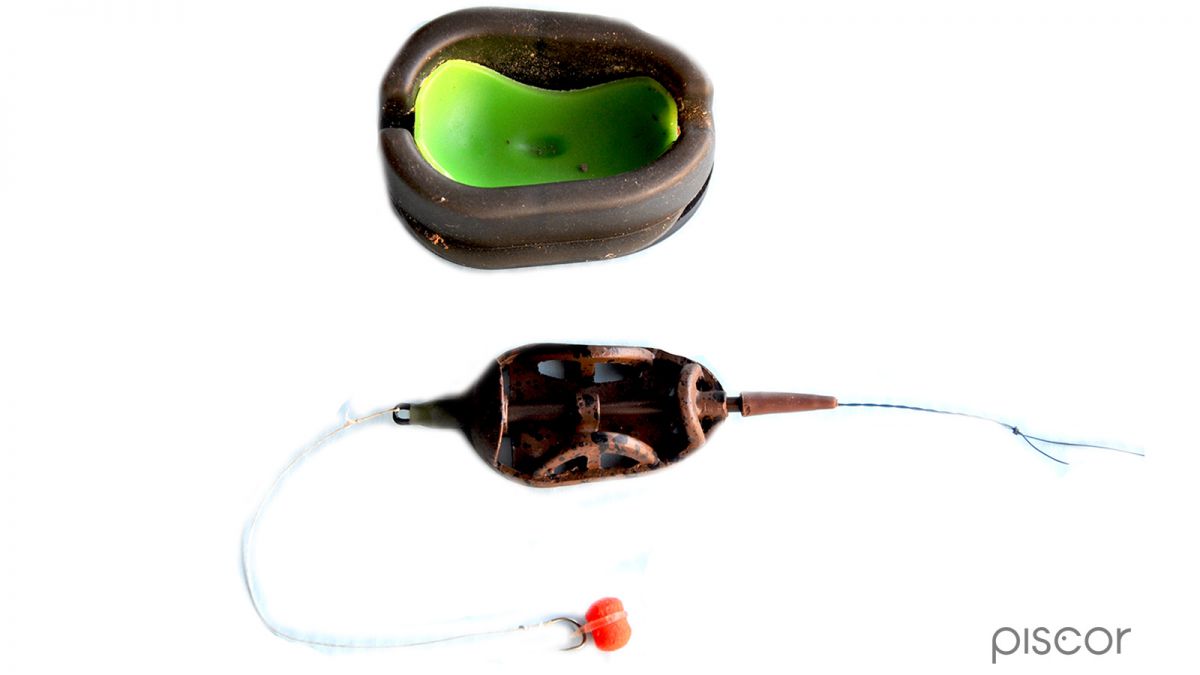When we talk about Feeder, it doesn’t change a lot if we are facing a small artificial quarry rather than a wild quarry converted to fishing after having lost its original use.
The important thing is to analyze some important aspects in order to understand WHO we must face, WHERE we must challenge it and HOW we must undermine it.
The morphology of the spot heavily affects the technical / tactical choices.
If we think about the perimeter of a quarry, a rectangle with regular depth, well-demarcated positions of the spaces, mono or particularly majoritarian fish population, well this is very different from a wild environment, where the perimeter is characterized by irregular bends and banks, with depth and positions changing from time to time according to the vegetation. Here the fish population is abundant, but varied.
In the first spot there is a strong fishing pressure. It is necessary to study the habits of the fish especially if that spot is the scene of competitions. In the second case fishing is more complicated.
Those quarries have a very low fishing pressure so it is necessary to understand the points where the fish is stoking and feeding normally.
Those places can vary according to the season from the step to the center of the lake. In this case it is important to show pasture and trigger in front of the door of the fish house where its presence is more probable.
Those two spots are very different. In the first case it is useful to take a look around, to see how the habitué of the spot flies, at least until you become a more loyal customer. Just a little 'spirit of observation to identify the most profitable techniques and the most profitable fishing area, of course avoid to disturb other anglers.
In the second case it is much more productive to get a rod with sturdy line, a lead and take a ride to find steps, depth changes, grassed points and any other useful information to understand where to drop your feeder, the rest makes the experience. Once you have taken the appropriate information we are lucky to be able to exploit a deadly weapon in our favor: the absence of current.
This allows us to obtain maximum performance from the peculiarity that has always distinguished feeder fishing, that is the ability to present the bait near the pasture. In this case we do not present it very close but above it if not in the same groundbait.
The Method Feeder is normally associated with important ballast, large balls of groundbait, very short and robust terminals, hair rigs and hard, well-sized baits ... there is nothing worst.
Another method is to use small flat method of 15 g proposing thin terminals on which to put small hooks triggered with a couple of bigattini, especially if the quarry contains smaller but more wary fish such as crucian carps, rudds, tenches and chubs.
Forget about rods with avon tips, reels equipped with bait runner and extra-sized wires. The method can also be used with a short 11 'equipped with a 2 oz tip by loading 0.20 on a 3000 front drag reel. In still water a 10 'or an 11' are more than enough to practice the method in all the nuances necessary for the environment described.
Many of the products on the market today perfectly combine the sensitivity of the with the "back" useful to handle the same carp even if big. A reel size 3000/4000 is more than enough, considering the normal throw distances, to load the 150 m of 0.20 / 0.22 that need to support a frame like the one in the following photos.
The bait runner is not indispensable also because you are fishing with a single rod, maybe well supported on a robust feeder arm equipped with butt rest, without the classic position with the stem perfectly aligned with the main line, but being in an angled position .
Twisted Running Method Rig
Required material: mold method, rapid attack.
Execution: insert the method and the cap on the main line.
Double the line by inserting the snap hook, rig about 8/10 cm of the same, and close the it with an eight point knot.
Bring the cap into place and slide the method until it passes the eight-point node.
Once the terminal is connected, the rig is ready.
Features
Unlike a normal fishing line aimed at large crowbars, this is not blocked, this fact reduces its self-acting effect even for the low weight of the ballast used.
Normally trapped fish, such as rudds and crucian carps do not usually perform the classic carp departure, but very often they just bite or taste the bait before swallowing it.
The position of the rod, at an angle more or less open respect to the method, indicates in a timely manner the pitches without raising suspicion of the fish due to the sliding and low weight ballast.
In the moment when a carp or a channel catches the frame, it still maintains a minimum of firing action due to the quick attack.
The main line has to have a diameters from 0,20 to 0,23, which allows, when needed, to set the rig with a softer, smaller braided line.
The rig also strengthens the end part of the mother line where the method works. This type of rig is also productive with the amur that, despite of their high size, hardly suck and start like a carp, but they bite the baits,.
That gives the angler the time to choose the right moment to attack.

